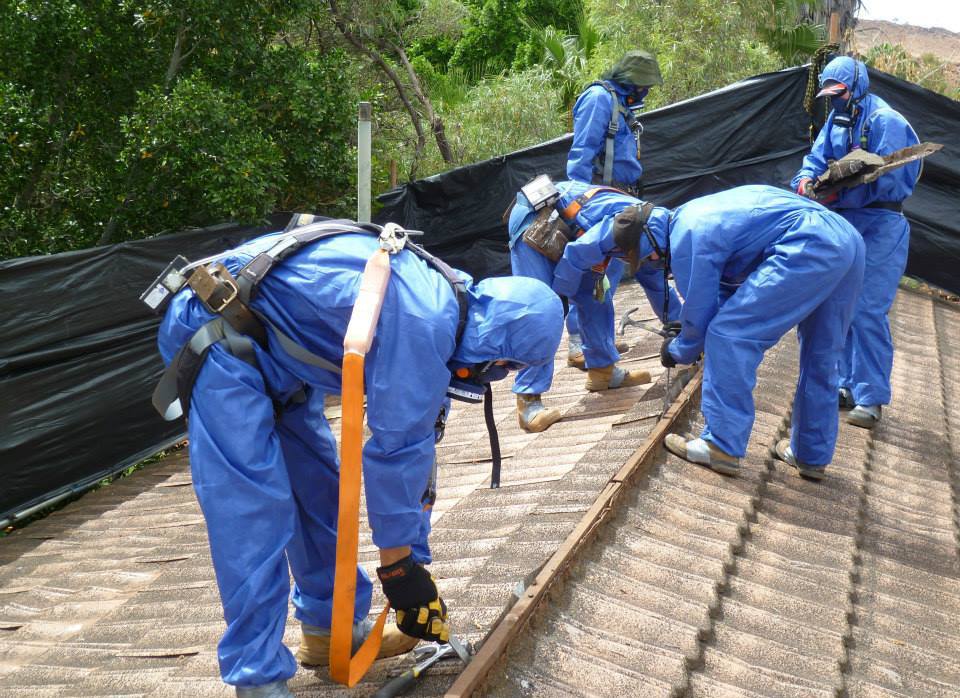There are codes and laws to place methods for removing asbestos from any site big or small, its one big example is the Queensland code of practice 2011 and then there is safe work Australia code of practice. Removing asbestos is a thoroughly regulated process. The reasons to place laws is that the compounds that are being used to remove them are highly poisonous and can cause a very severe form of cancer which is known as mesothelioma, that harm abdomen and the lining in lungs.
Roofs pretense a danger not only on the external environment, also on the people living inside the building. There are many old building in which they were mixed in the cement used in construction which has pass through poorly installed or fake ceiling and has settled on the inside of home or any office. It is very important to be careful and considered all the risk whenever one plans to remove it from any site.
It is important to expect the site and the material which is being used. Reason of doing it is that to find out whether the cement which had mixed is dusty or not. Those which are in powder form can mix up in invisible dust particles that do float in the air. People take breath in that air and can inhale them which can cause mesothelioma. On the other hand non-friable asbestos are bond together and poses less danger than friable ones. Only those which can be inhaled can harm people.
The roof can be slightly horizontal that is why there are more chances of those practical to be found on a roof. Gutter of the roof is another part which may be contains them because the debris of the roof gathers on it. Popcorn ceilings of houses which were built before 1980 have more traces of them.
To remove them it is very important to hire a removelist with an A class license estimate all that is necessary. He will be able to remove from at least up to 10 square meters both friable and non-friable. But a B class holder will only remove from 10 square meters of both types.
Removelist will collect the sample and take it to lab for testing. The lab assistant will make the report of the activities and results, plans and dimensions of the roof will be included in that report. They will also tell about the risks to the owner of the building and then the owner will hire the specialist.
Workers will actually do the removal process. It is important for them to wear protective equipments which will include respirators and overalls. The site will need to be covered with plastic sheet with notice of no entry written on it for every one to watch. The area will be wetted to bundle loose particles together. Then an air will be pressured that will enter but not exit from the area.

